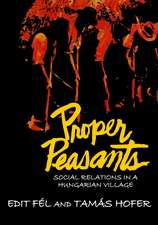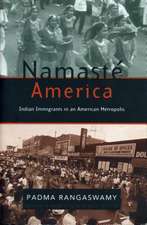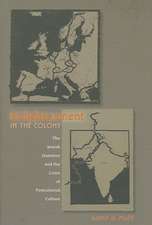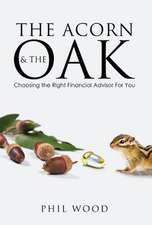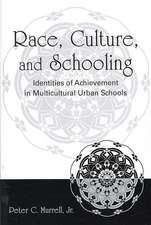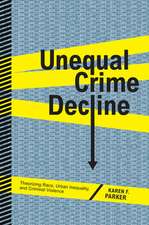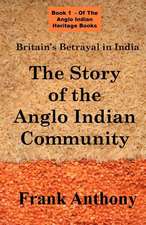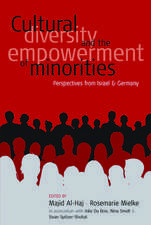The Intercultural City: Planning for Diversity Advantage
Autor Charles Landry, Phil Wooden Limba Engleză Paperback – 29 oct 2007
| Toate formatele și edițiile | Preț | Express |
|---|---|---|
| Paperback (1) | 327.21 lei 3-5 săpt. | +25.27 lei 4-10 zile |
| Taylor & Francis – 29 oct 2007 | 327.21 lei 3-5 săpt. | +25.27 lei 4-10 zile |
| Hardback (1) | 1278.88 lei 6-8 săpt. | |
| Taylor & Francis – noi 2007 | 1278.88 lei 6-8 săpt. |
Preț: 327.21 lei
Nou
62.62€ • 64.60$ • 52.100£
Carte disponibilă
Livrare economică 11-25 februarie
Livrare express 25-31 ianuarie pentru 35.26 lei
Specificații
ISBN-10: 1844074366
Pagini: 384
Ilustrații: Photographs, figures, boxes, index
Dimensiuni: 138 x 216 x 31 mm
Greutate: 0.52 kg
Ediția:1
Editura: Taylor & Francis
Colecția Routledge
Locul publicării:Oxford, United Kingdom
Public țintă
Professional Practice & DevelopmentCuprins
Introduction: Setting the Scene * The Urge to Define, Sort and Categorize * The Context of Diversity * Living Apart: Segregation * Living Together Then: A Short History of Urban Encounter * Living Together Now: Modern Zones of Encounter * Diversity Advantage: The Benefits of Cross-cultural Interaction * The City Through an Intercultural Lens * A New Intercultural Citizenship * Indicators of Openness and Interculturalism * Conclusions: The Ecology of the New Civics * Index
Notă biografică
Phil Wood has been a partner in the urban policy think-tank Comedia since 2000. He worked for 20 years in local government, community and cultural development and has advised the UK Governments Commission on Integration and Cohesion. Charles Landry founded Comedia in 1978, which seeks to rethink the major global issues for cities. An international authority on urban futures and city revitalization, he is the author of The Creative City and The Art of City-Making.
Recenzii
Descriere
In a world of increasing mobility, how people of different cultures live together is a key issue of our age, especially for those responsible for planning and running cities. New thinking is needed on how diverse communities can cooperate in productive harmony instead of leading parallel or antagonistic lives. Policy is often dominated by mitigating the perceived negative effects of diversity, and little thought is given to how a diversity dividend or increased innovative capacity might be achieved. The Intercultural City, based on numerous case studies worldwide, analyses the links between urban change and cultural diversity. It draws on original research in the US, Europe, Australasia and the UK. It critiques past and current policy and introduces new conceptual frameworks. It provides significant and practical advice for readers, with new insights and tools for practitioners such as the intercultural lens, indicators of openness, urban cultural literacy and ten steps to an Intercultural City. Published with Comedia.


